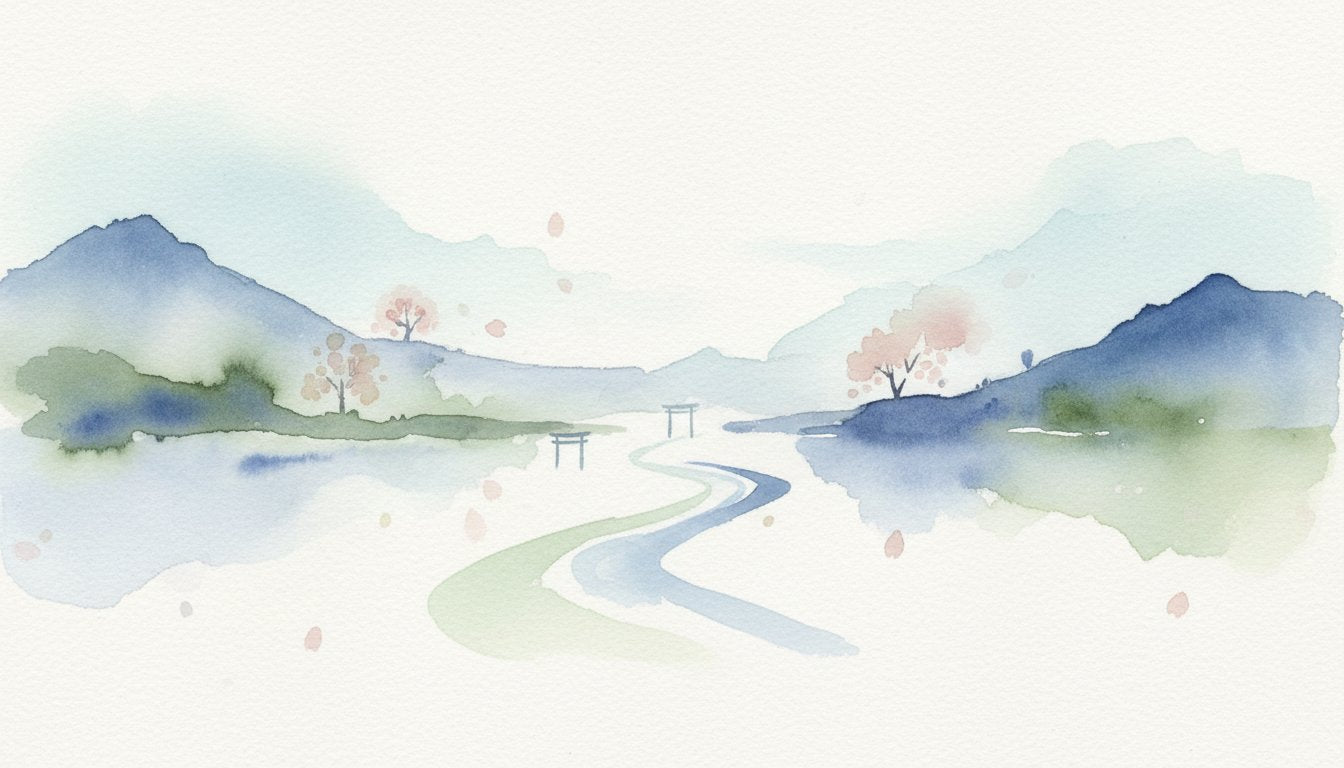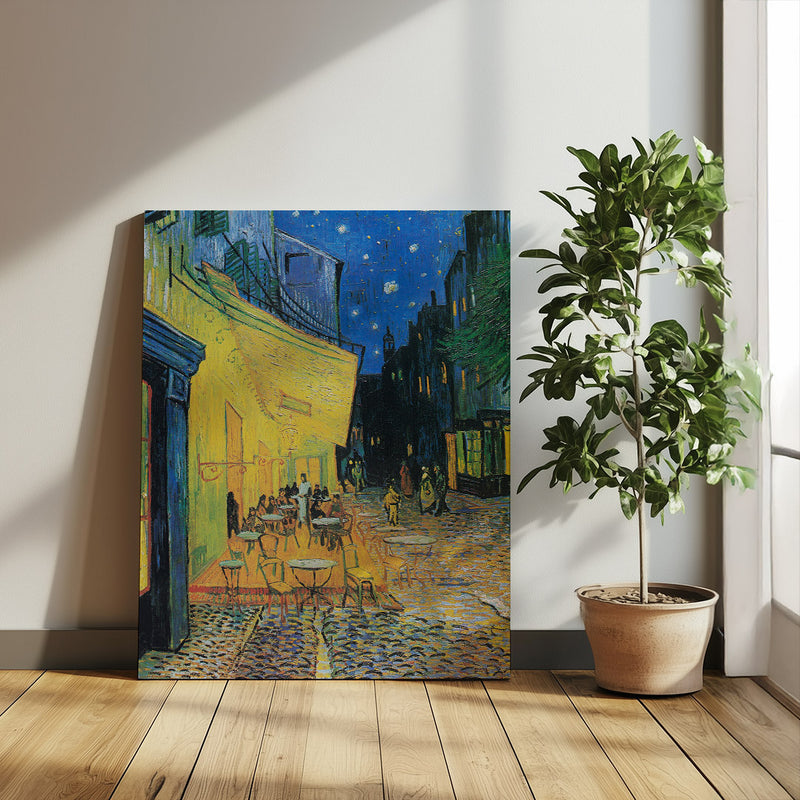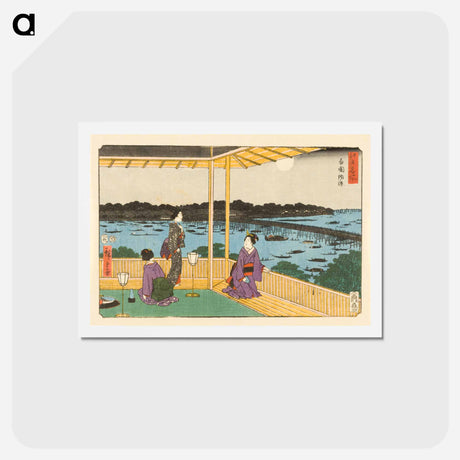 Up to 29% off
Up to 29% offUtagawa Hiroshige(歌川 広重)
Evening Cool at Ryōgoku - 歌川 広重 Postcard.
Sale price From ¥780 Regular price ¥1,100Unit price /Unavailable Up to 29% off
Up to 29% offUtagawa Hiroshige(歌川 広重)
Night View of Matsuchiyama and the San'ya Canal - 歌川 広重 Postcard.
Sale price From ¥780 Regular price ¥1,100Unit price /Unavailable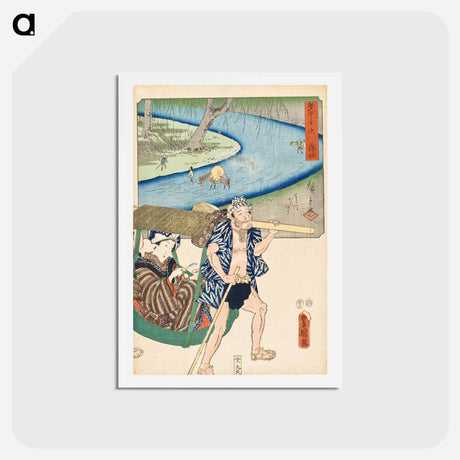 Up to 29% off
Up to 29% offUtagawa Hiroshige(歌川 広重)
Sale price From ¥780 Regular price ¥1,100Unit price /Unavailable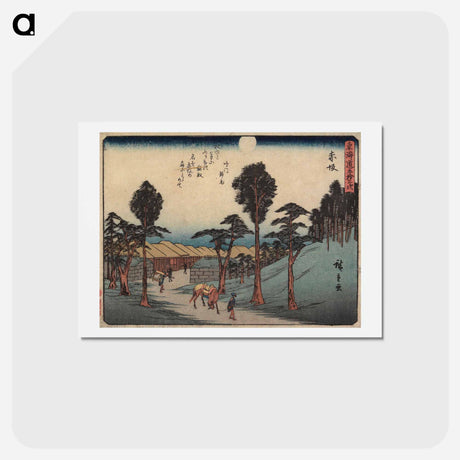 Up to 29% off
Up to 29% offUtagawa Hiroshige(歌川 広重)
Sale price From ¥780 Regular price ¥1,100Unit price /Unavailable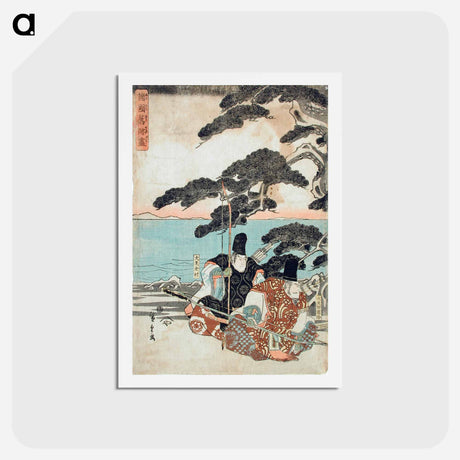 Up to 29% off
Up to 29% offUtagawa Hiroshige(歌川 広重)
The Source of the Pine at Onoe Aioi - 歌川 広重 Postcard.
Sale price From ¥780 Regular price ¥1,100Unit price /Unavailable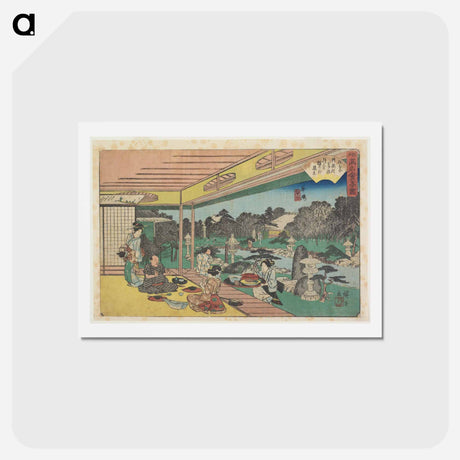 Up to 29% off
Up to 29% offUtagawa Hiroshige(歌川 広重)
Ushijima: Musashiya Restaurant - 歌川 広重 Postcard.
Sale price From ¥780 Regular price ¥1,100Unit price /Unavailable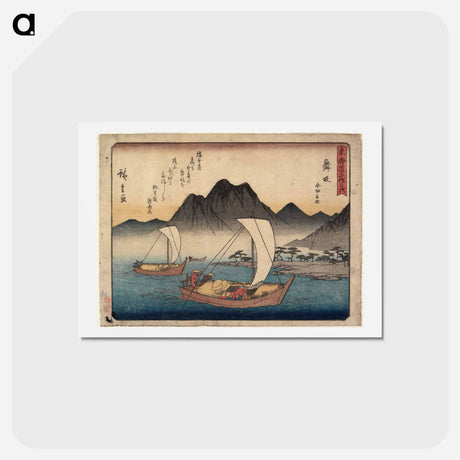 Up to 29% off
Up to 29% offUtagawa Hiroshige(歌川 広重)
Imagiri Beach in Maisaka - 歌川 広重 Postcard.
Sale price From ¥780 Regular price ¥1,100Unit price /Unavailable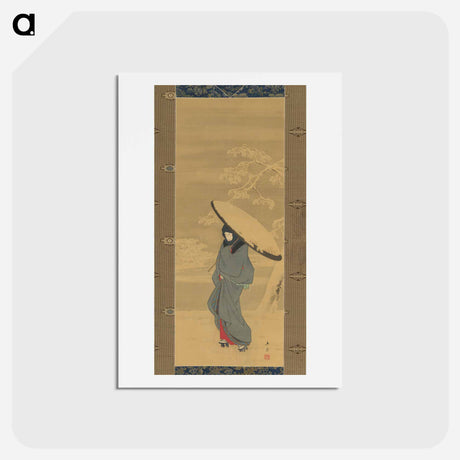 Up to 29% off
Up to 29% offUtagawa Hiroshige(歌川 広重)
Woman Walking in the Snow - 歌川 広重 Postcard.
Sale price From ¥780 Regular price ¥1,100Unit price /Unavailable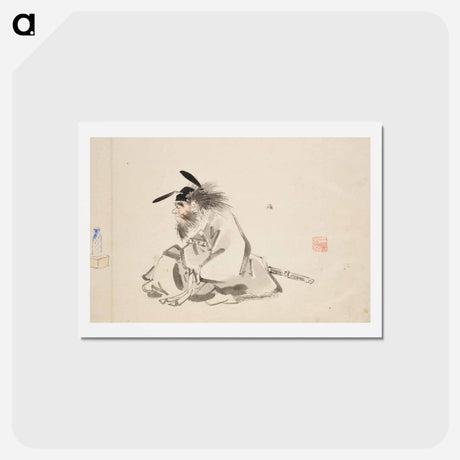 Up to 29% off
Up to 29% offUtagawa Hiroshige(歌川 広重)
Album of Ichiryusai Hiroshige's Sketches - 歌川 広重 Postcard.
Sale price From ¥780 Regular price ¥1,100Unit price /Unavailable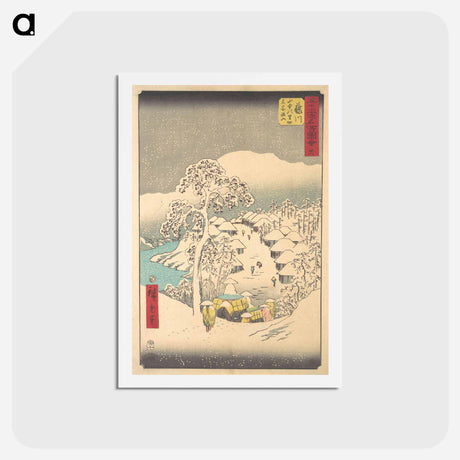 Up to 29% off
Up to 29% offUtagawa Hiroshige(歌川 広重)
Fujikawa; Sanchu Yamanaka no Sato Miyajiyama - 歌川 広重 Postcard.
Sale price From ¥780 Regular price ¥1,100Unit price /Unavailable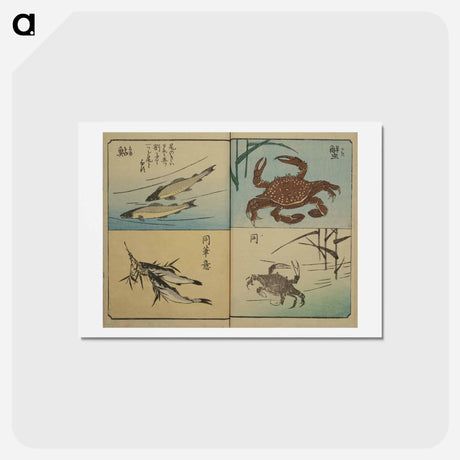 Up to 29% off
Up to 29% offUtagawa Hiroshige(歌川 広重)
Picture Book for the Practice of Drawing Fish - 歌川 広重 Postcard.
Sale price From ¥780 Regular price ¥1,100Unit price /Unavailable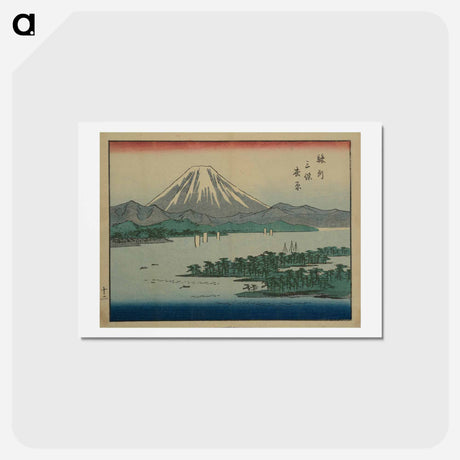 Up to 29% off
Up to 29% offUtagawa Hiroshige(歌川 広重)
Picture Album - 歌川 広重 Postcard.
Sale price From ¥780 Regular price ¥1,100Unit price /Unavailable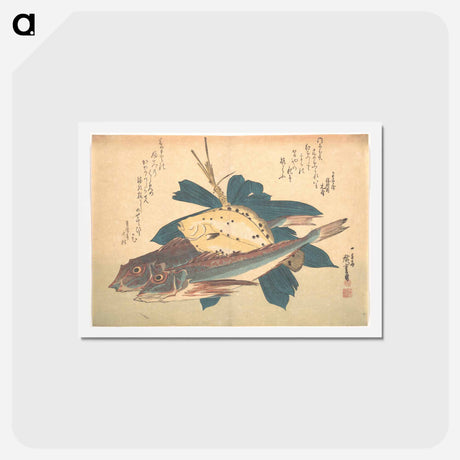 Up to 29% off
Up to 29% offUtagawa Hiroshige(歌川 広重)
Kanagashira and Karei Fish, from the series Uozukushi (Every Variety of Fish) - 歌川 広重 Postcard.
Sale price From ¥780 Regular price ¥1,100Unit price /Unavailable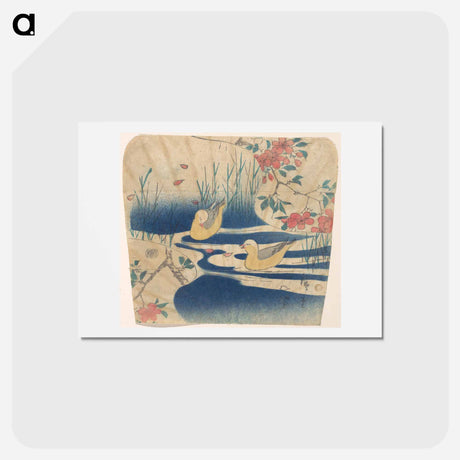 Up to 29% off
Up to 29% offUtagawa Hiroshige(歌川 広重)
Cherry Blossoms and Bird - 歌川 広重 Postcard.
Sale price From ¥780 Regular price ¥1,100Unit price /Unavailable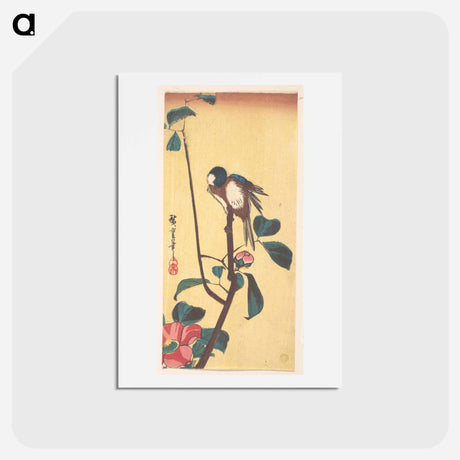 Up to 29% off
Up to 29% offUtagawa Hiroshige(歌川 広重)
Camellia and Blue-Headed Bird - 歌川 広重 Postcard.
Sale price From ¥780 Regular price ¥1,100Unit price /Unavailable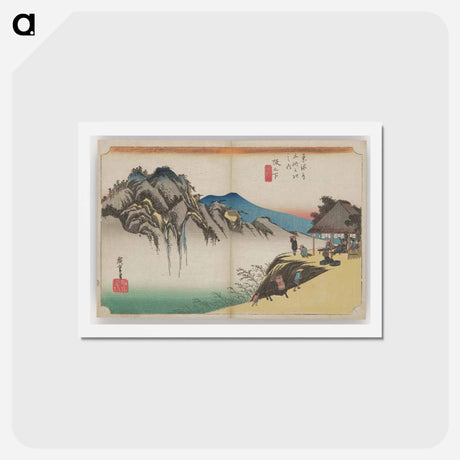 Up to 29% off
Up to 29% offUtagawa Hiroshige(歌川 広重)
Mountain Landscape with Travelers - 歌川 広重 Postcard.
Sale price From ¥780 Regular price ¥1,100Unit price /Unavailable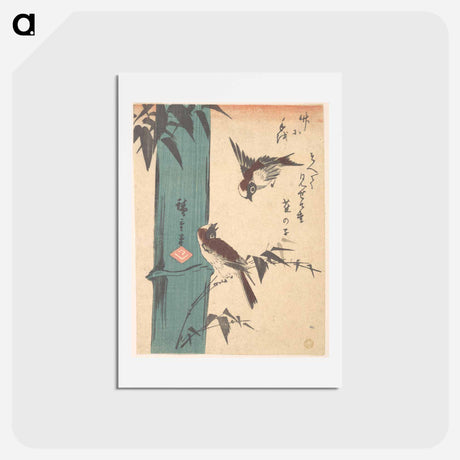 Up to 29% off
Up to 29% offUtagawa Hiroshige(歌川 広重)
Bamboo and Sparrows - 歌川 広重 Postcard.
Sale price From ¥780 Regular price ¥1,100Unit price /Unavailable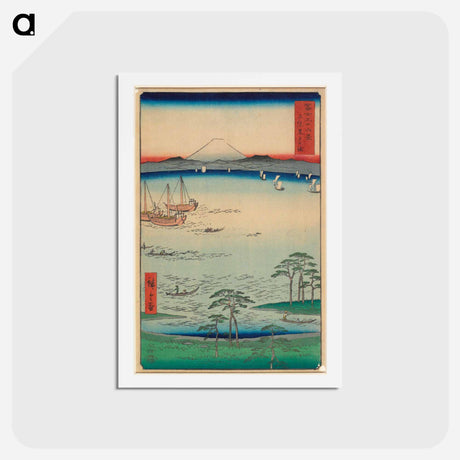 Up to 29% off
Up to 29% offUtagawa Hiroshige(歌川 広重)
Kurodo Bay, Kazusa Province - 歌川 広重 Postcard.
Sale price From ¥780 Regular price ¥1,100Unit price /Unavailable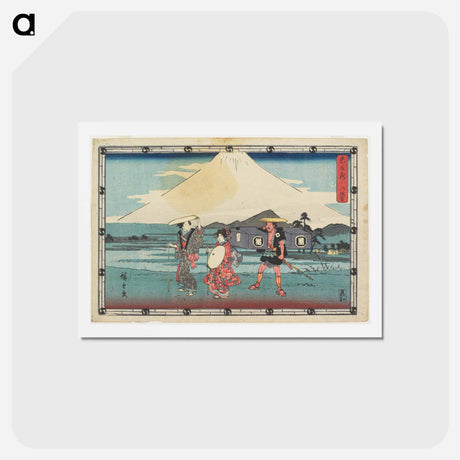 Up to 29% off
Up to 29% offUtagawa Hiroshige(歌川 広重)
Sale price From ¥780 Regular price ¥1,100Unit price /Unavailable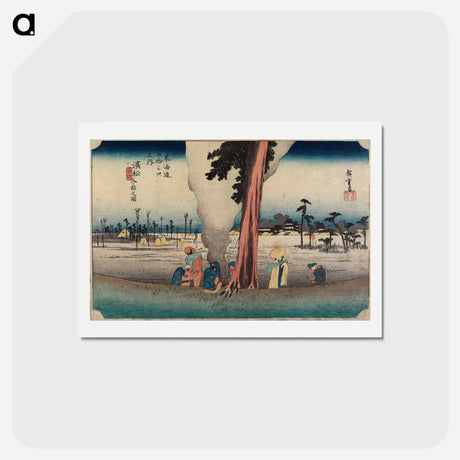 Up to 29% off
Up to 29% offUtagawa Hiroshige(歌川 広重)
Hamamatsu, Winter Scene - 歌川 広重 Postcard.
Sale price From ¥780 Regular price ¥1,100Unit price /Unavailable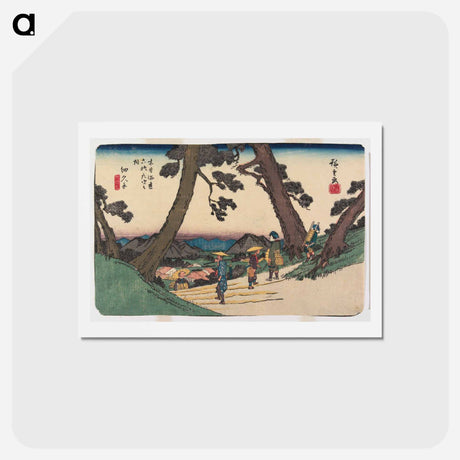 Up to 29% off
Up to 29% offUtagawa Hiroshige(歌川 広重)
Sale price From ¥780 Regular price ¥1,100Unit price /Unavailable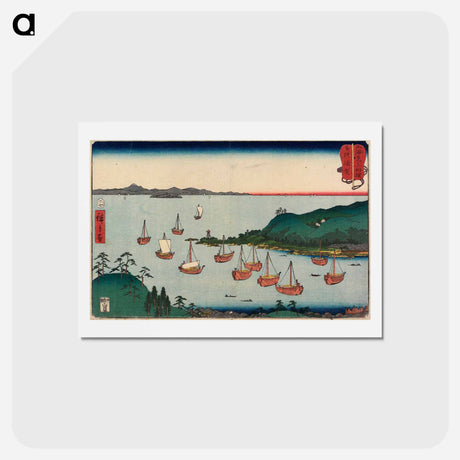 Up to 29% off
Up to 29% offUtagawa Hiroshige(歌川 広重)
Uraga in Sagami Province - 歌川 広重 Postcard.
Sale price From ¥780 Regular price ¥1,100Unit price /Unavailable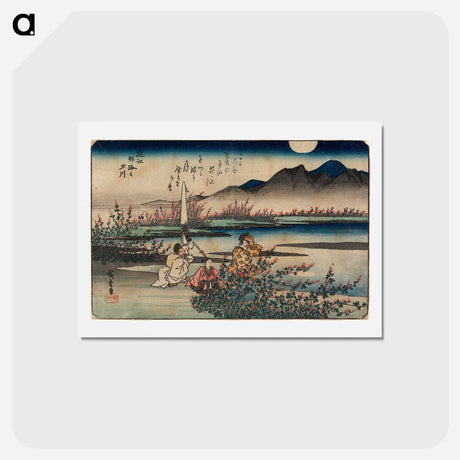 Up to 29% off
Up to 29% offUtagawa Hiroshige(歌川 広重)
Noji Jewel River in Ōmi Province - 歌川 広重 Postcard.
Sale price From ¥780 Regular price ¥1,100Unit price /Unavailable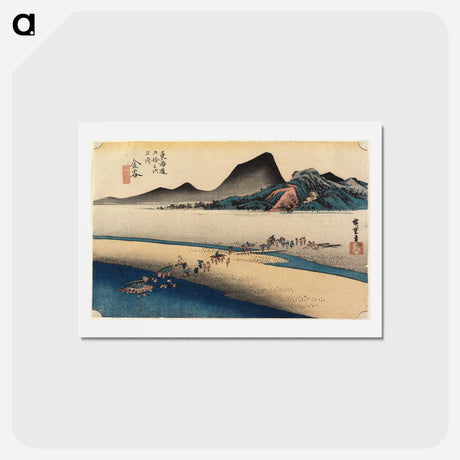 Up to 29% off
Up to 29% offUtagawa Hiroshige(歌川 広重)
Kanaya, Ōi-gawa engan - 歌川 広重 Postcard.
Sale price From ¥780 Regular price ¥1,100Unit price /Unavailable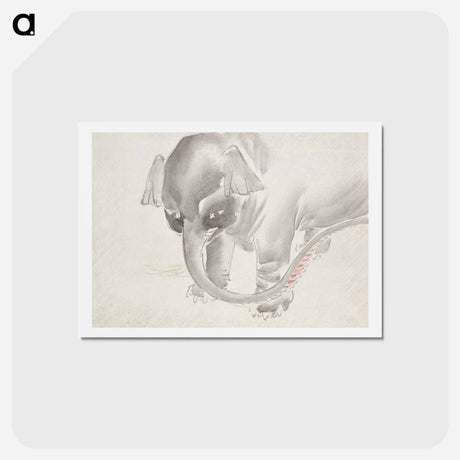 Up to 29% off
Up to 29% offUtagawa Hiroshige(歌川 広重)
Japanese Elephant - 歌川 広重 Postcard.
Sale price From ¥780 Regular price ¥1,100Unit price /Unavailable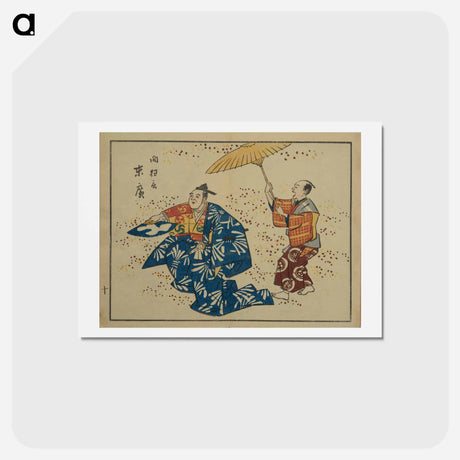 Up to 29% off
Up to 29% offUtagawa Hiroshige(歌川 広重)
Picture Album - 歌川 広重 Postcard.
Sale price From ¥780 Regular price ¥1,100Unit price /Unavailable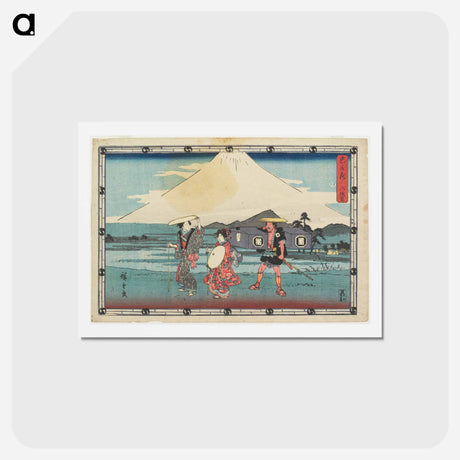 Up to 29% off
Up to 29% offUtagawa Hiroshige(歌川 広重)
Sale price From ¥780 Regular price ¥1,100Unit price /Unavailable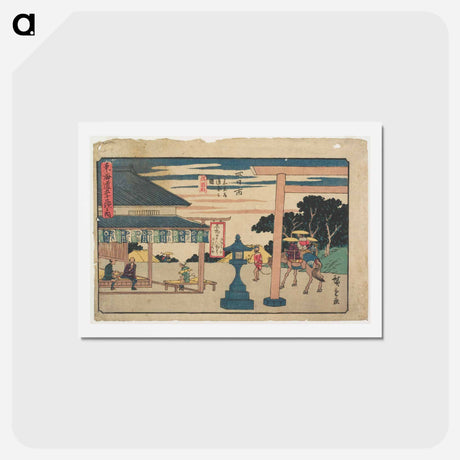 Up to 29% off
Up to 29% offUtagawa Hiroshige(歌川 広重)
Itomiya Teahouse at the Fork of Yokkaichi - 歌川 広重 Postcard.
Sale price From ¥780 Regular price ¥1,100Unit price /Unavailable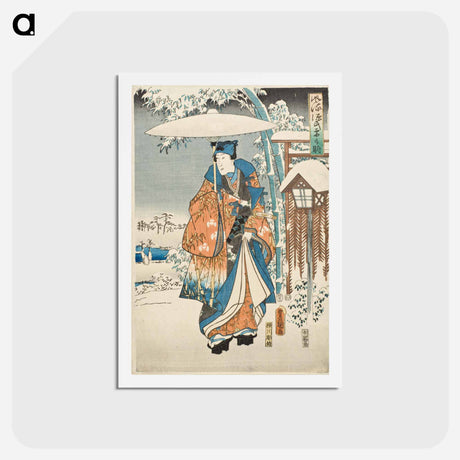 Up to 29% off
Up to 29% offUtagawa Hiroshige(歌川 広重)
Murasaki and Genji Viewing the Snow - 歌川 広重 Postcard.
Sale price From ¥780 Regular price ¥1,100Unit price /Unavailable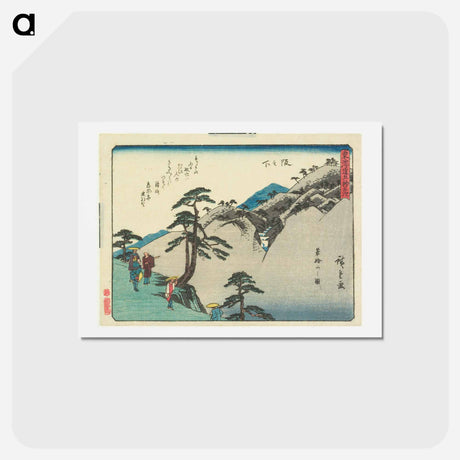 Up to 29% off
Up to 29% offUtagawa Hiroshige(歌川 広重)
Sakanoshita: View of Mount Fudesute - 歌川 広重 Postcard.
Sale price From ¥780 Regular price ¥1,100Unit price /Unavailable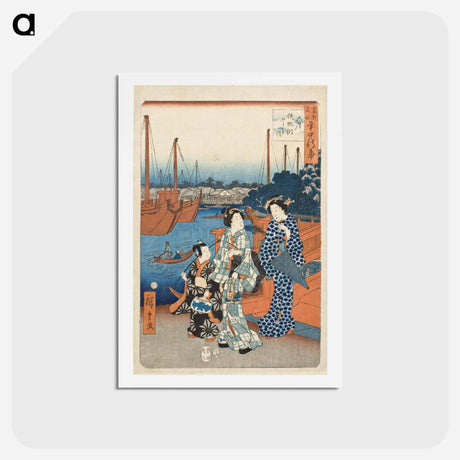 Up to 29% off
Up to 29% offUtagawa Hiroshige(歌川 広重)
Sixth Month, Visit to View Fuji, Teppozu - 歌川 広重 Postcard.
Sale price From ¥780 Regular price ¥1,100Unit price /Unavailable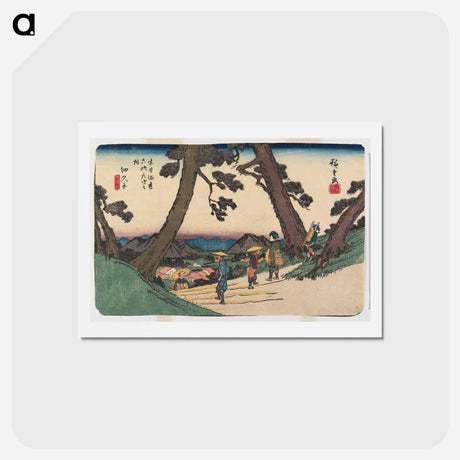 Up to 29% off
Up to 29% offUtagawa Hiroshige(歌川 広重)
[No title can be found] - 歌川 広重 Postcard.
Sale price From ¥780 Regular price ¥1,100Unit price /Unavailable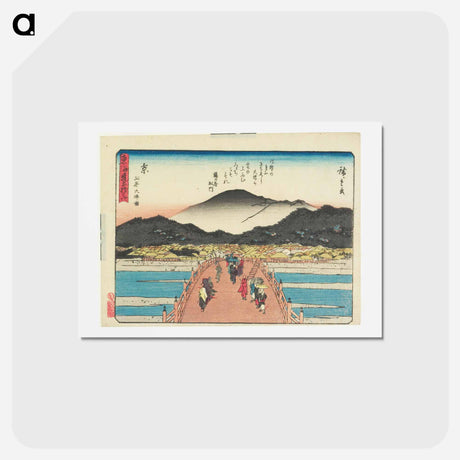 Up to 29% off
Up to 29% offUtagawa Hiroshige(歌川 広重)
View of the Great Bridge at Sanjō - 歌川 広重 Postcard.
Sale price From ¥780 Regular price ¥1,100Unit price /Unavailable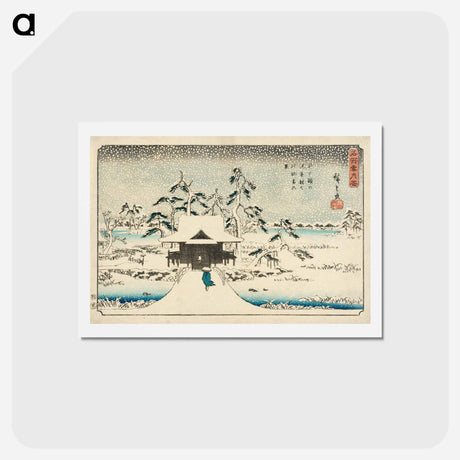 Up to 29% off
Up to 29% offUtagawa Hiroshige(歌川 広重)
Inokashira Pond and Benzaiten Shrine in Snow - 歌川 広重 Postcard.
Sale price From ¥780 Regular price ¥1,100Unit price /Unavailable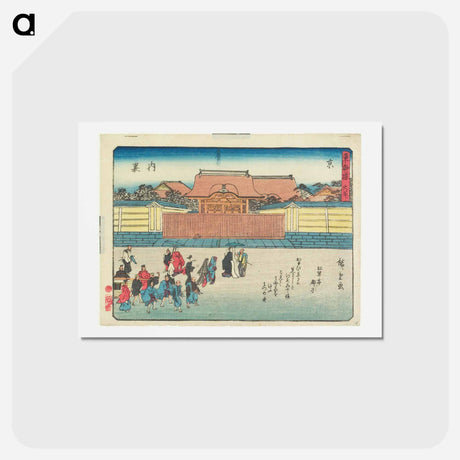 Up to 29% off
Up to 29% offUtagawa Hiroshige(歌川 広重)
Kyoto: The Imperial Palace - 歌川 広重 Postcard.
Sale price From ¥780 Regular price ¥1,100Unit price /UnavailableCompare /3
Loading...


